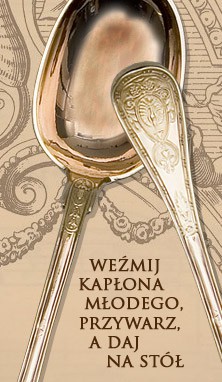The Battle of Vienna
karta katalogowa kolekcji
Malarstwo
Pauwel Casteels (fl. ca. 1656-84)
Flanders
after 1683
Oil, canvas
156.5 x 184 cm
Signature: [...]ONSAEL / [...]SSTEELS (bottom left-hand edge of the painting); WENEN (over the cathedral spire)
Wil. 1960
This painting is part of a series of works meant to glorify King Jan III Sobieski and his heroic military exploits made in the wake of his celebrated Relief of Vienna, which was the crowning success in the warrior king's career. Thanks to his victory in the Battle of Vienna, the Polish king gained a great fame throughout Europe. Congratulatory letters from nearly all European monarchs poured in, expressing admiration for the vanquisher of the Turks. Sobieski himself and his court skilfully fanned this publicity: the king's victory at Vienna was painstakingly channelled for his dynastic propaganda purposes by presenting Jan III as the perfect ruler. The king was well aware of the importance of his military success. In a letter to his wife written on the night after the battle, he says: "The Blessed Lord our God gave our nation a victory and a fame without precedent in all ages past." His letter to Pope Innocent XI is suffused with Christian humility as he paraphrases the famous words of Julius Caesar: "Venimus, vidimus et Deus Vicit" [We came, we saw, and God conquered].
Unsurprisingly, one of the effects of the victory was an unending string of commissions for works of art meant to perpetuate this splendid triumph by all artistic means. This phenomenon shows the importance of skilful self-representation in the contexts of power, and probably led to the making of this painting of The Battle of Vienna.
The painting shows several scenes of the battle between the anti-Turkish coalition and Kara Mustafa's Ottoman army taking place simultaneously against a hilly landscape. In the distance, a panorama of Vienna is visible, surrounded by a ring of fortifications, with a Gothic cathedral spire towering over the city. Jan III figures prominently among the clashing hosts. According to historical accounts, "as commander-in-chief, he ventured into the greatest thick of the battle and thanks to his valiant and wise command showed the fearlessness of a true great military leader." Clad in a long, silvery-grey robe and a crimson, ermine-lined mantle, the monarch raises his sabre in an expressive gesture as pulls the reins of his rearing steed.
The general colour scheme of the painting is olive-green with a few accents of red and pink in the dress and white horses. Different levels of colour and light intensity clearly separate the different parts of the view.
It would seem that the artist was not an eyewitness to the battle. Such important details as the order of the battle or the weapons and banners are historically inaccurate: the commissioned depiction presents Casteels's vision of the battle.
Dominika Walawender-Musz

















